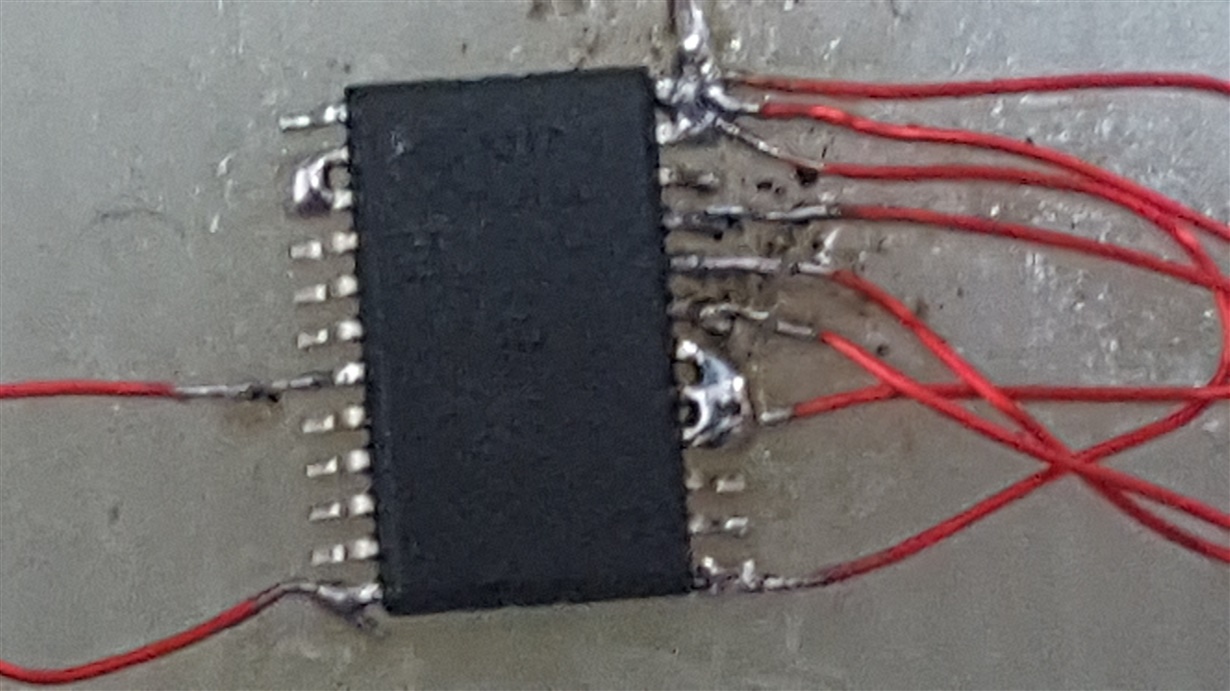Hi,
I am having a problem with the DAC7750. It is not putting anything out on IOUT. I access the control register and enable the output, the configuration register, and the gain register to give it a gain of 1. Am I doing anything wrong?
Th bottom right is pin 1. I have everything connected correctly according to the datasheet. Also spi is configured with MSB first and sample on rising edge. The baud rate is low and the hold time is well within specs.
Here is my code:
int main(void)
{
SystemCoreClockUpdate();
spi1_Init();
PORT->Group[0].OUTCLR.reg = PORT_PA19;
spi1_Send(0x55);
spi1_Send(0x10);
spi1_Send(0x05);
PORT->Group[0].OUTSET.reg = PORT_PA19;
for (int i = 0; i < 60; i++) __NOP();
PORT->Group[0].OUTCLR.reg = PORT_PA19;
spi1_Send(0x57);
spi1_Send(0x00);
spi1_Send(0x20);
PORT->Group[0].OUTSET.reg = PORT_PA19;
for (int i = 0; i < 60; i++) __NOP();
PORT->Group[0].OUTCLR.reg = PORT_PA19;
spi1_Send(0x58);
spi1_Send(0x80);
spi1_Send(0x00);
PORT->Group[0].OUTSET.reg = PORT_PA19;
for (int i = 0; i < 60; i++) __NOP();
while(1)
{
PORT->Group[0].OUTCLR.reg = PORT_PA19;
spi1_Send(0x01);
spi1_Send(0xFF);
spi1_Send(0xFF);
PORT->Group[0].OUTSET.reg = PORT_PA19;
for (int i = 0; i < 60; i++) __NOP();
}
}



